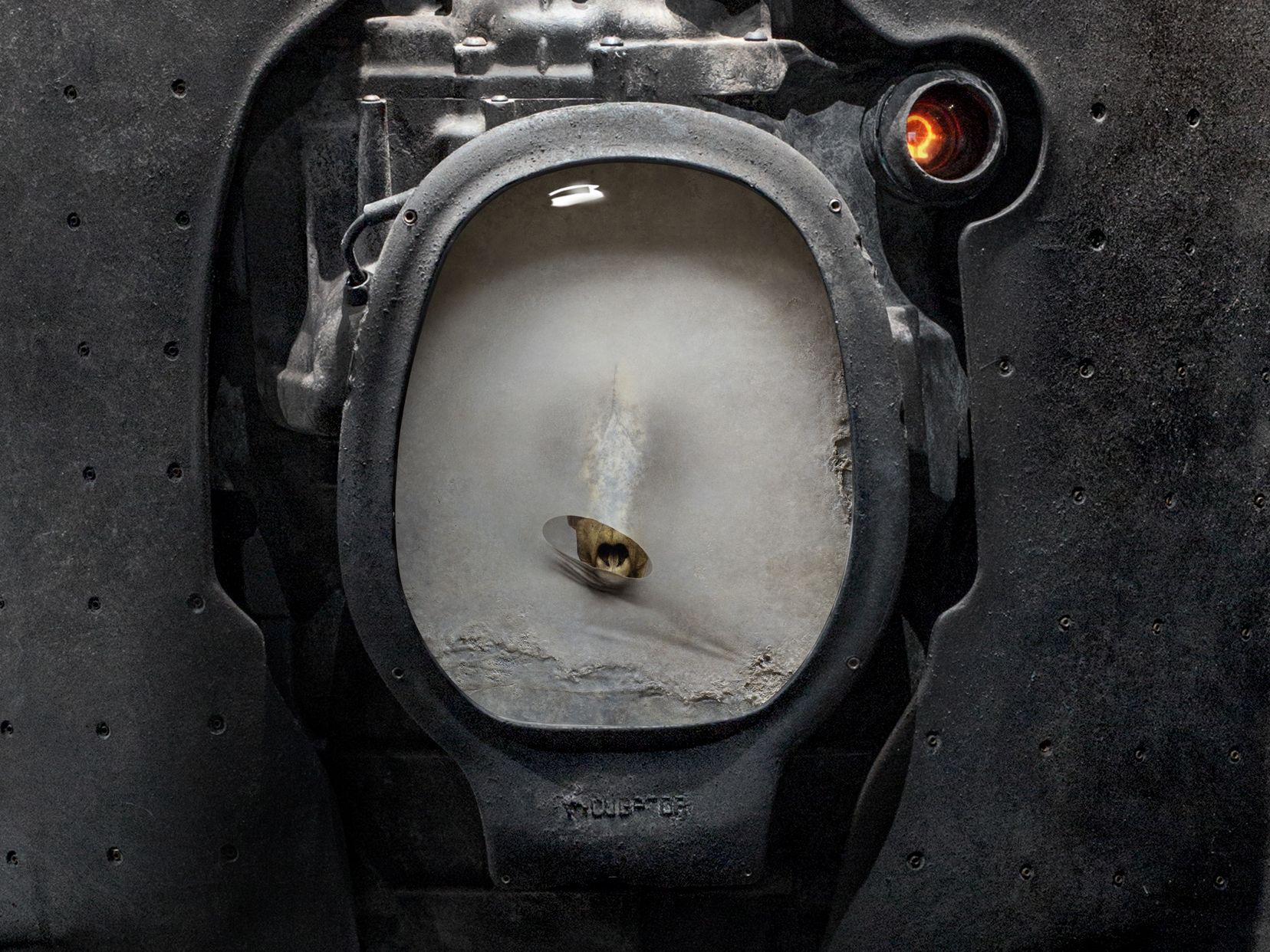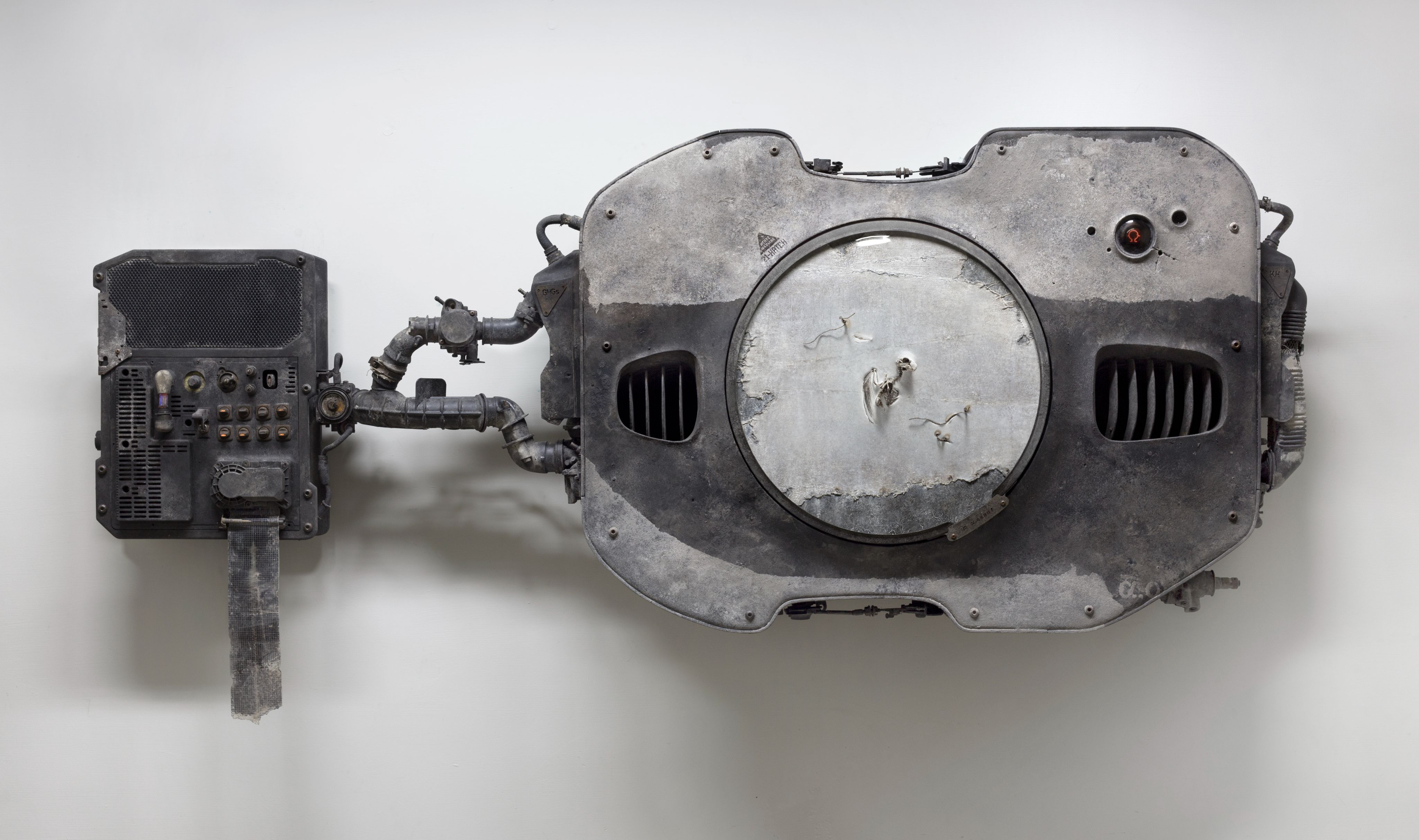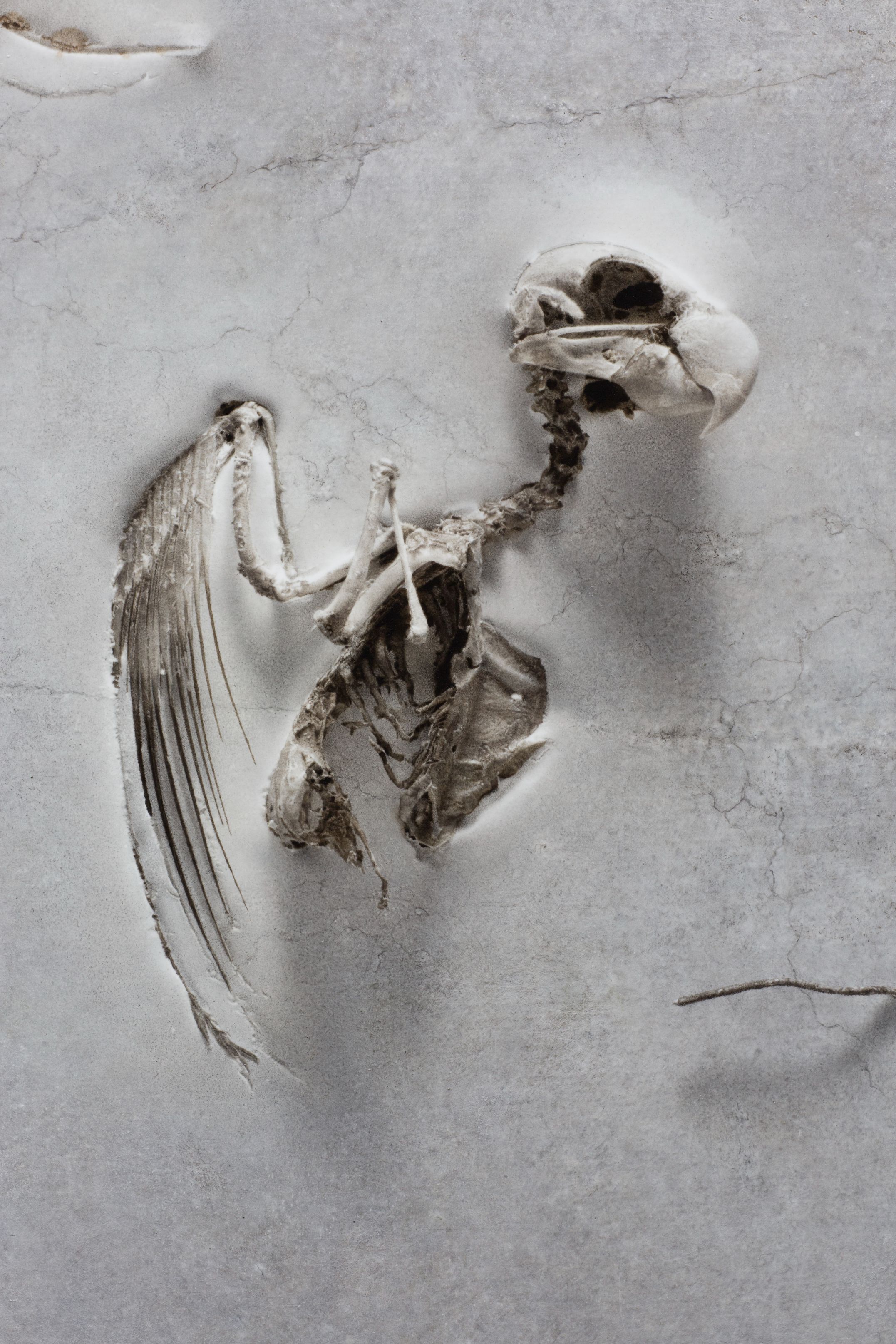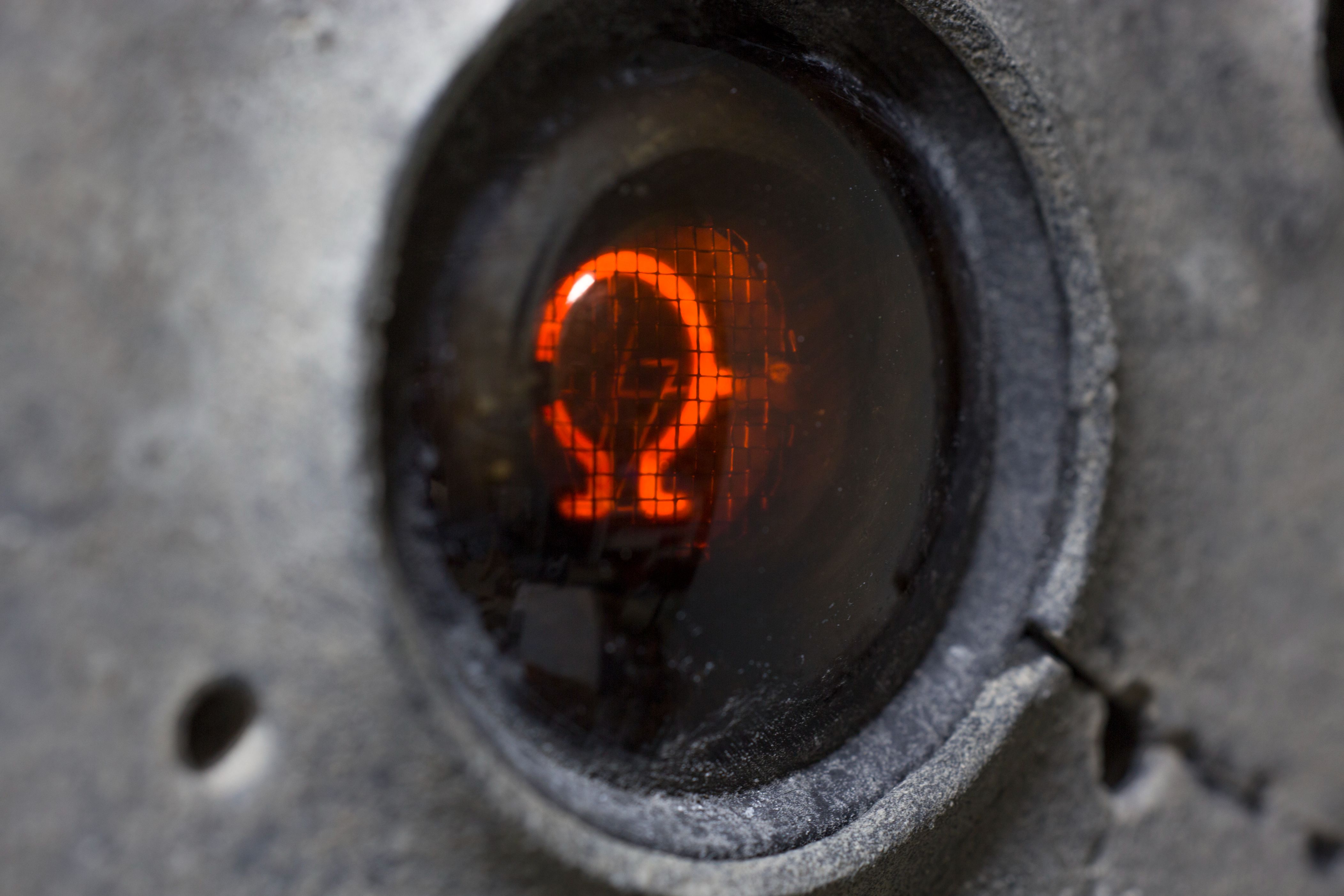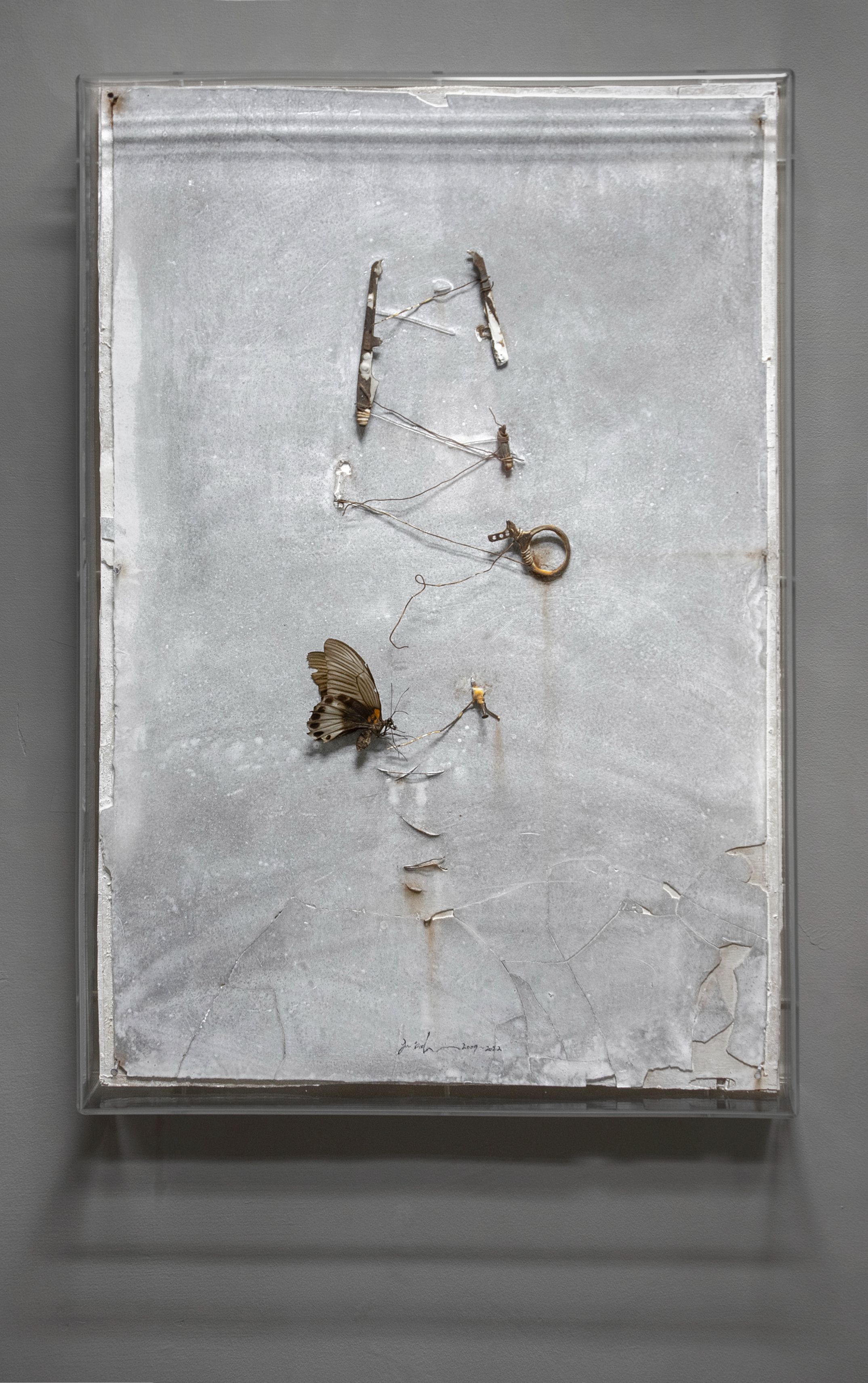From Fabrication to Fantasy — Klein Hurtz α Eternal Garden ─ Yu Siuan Solo Exhibition
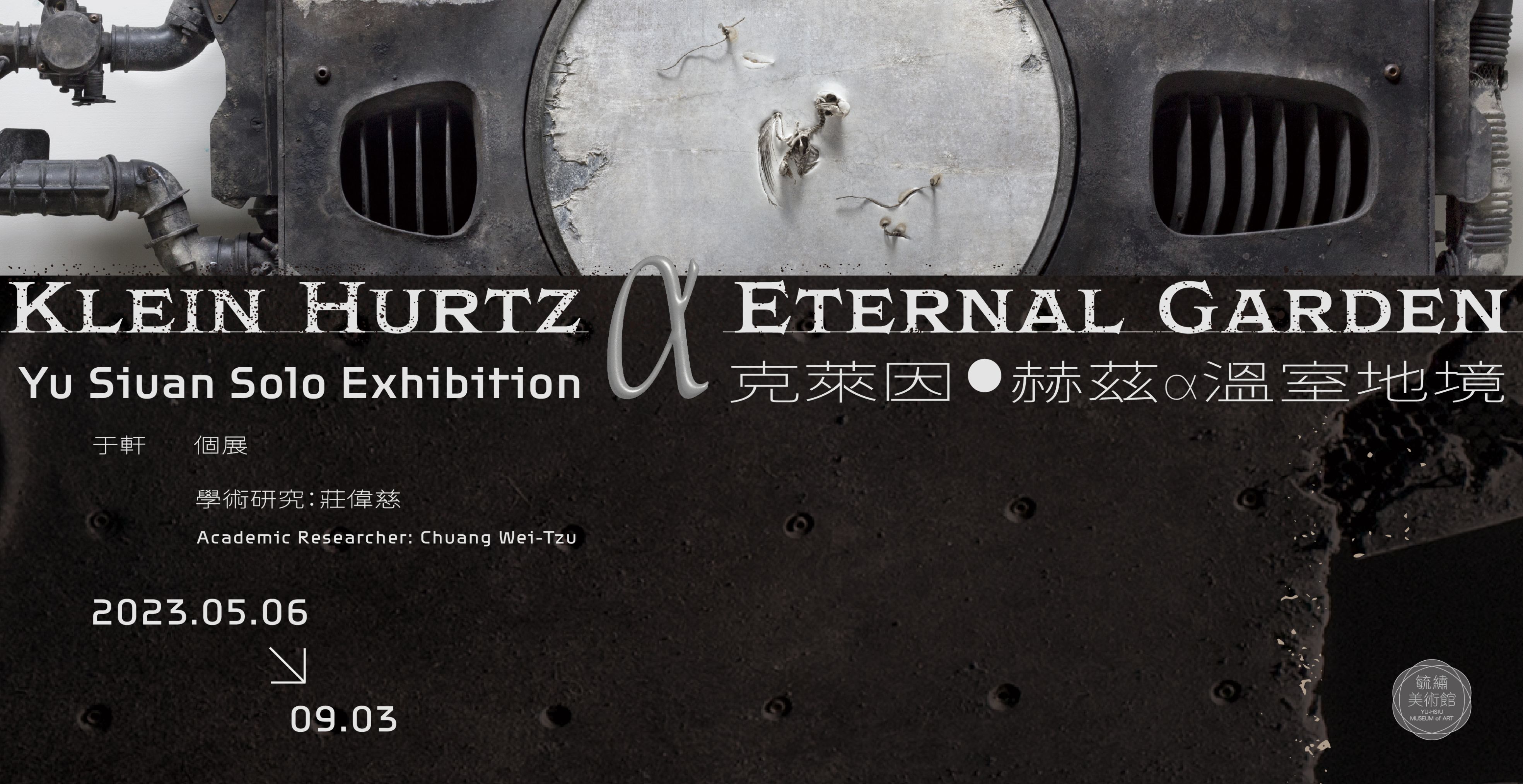

2023.5.6 - 2023.9.3 | 1-2F, Yu-Hsiu Museum of Art
Introduction
Text / Chuang Wei-Tzu (academic researcher)
This is a fantasy-constructing project that has been ongoing for more than a decade.
From Greenhouse Program (2012), Eternal Garden (2013), Klein Hurtz – Greenhouse Mimicry (2018), to Klein Hurtz α Eternal Garden (2023), Yu Siuan has consistently worked on the Klein Hurtz series to gradually build, or restore in a way, a fictional world posited in the distant future. This world is set against a backdrop of a future society pervaded with technological optimism embraced by humanity. Through the highly realistic representation of Yu’s painting, spectators seem to be immersed in unique scene from a sci-fi film—it is the laboratory of Dr. Klein Hurtz, as well as a site that amalgamates machines, biotechnology and artificial intelligence to make human rebirth not just possible but a reality.
Yu’s fictional installations created by combining processing techniques, such as sculpting, casting, and electric circuits with superbly realistic painting are known for capturing the residual beauty of disappearing lives in an aesthetic way informed by a withering, dilapidating atmosphere. Whether it is dust, rust on the lab equipment, or living creatures seemingly breaking out of cocoons, his refined and realistic brushwork expresses the slow progress of time or instantaneously frozen moments in his works. In the series of Klein Hurtz and The View of Greenhouse, Yu’s painting is created in a state as if it were imperceptibly and gently crawling across the objects that Yu paints on, evoking fantasies that come infinitesimally close to reality. From scenes of sci-fi novels or films to desert landscapes pointing to a world in the near future, his painting visualizes the idea of truthful representation inherited from hyperrealism, and overflows with creativity and endless sci-fi imaginations, leading spectators into a realistic yet illusory space.
In this solo exhibition, Yu utilizes superb and trompe l'oeil-esque painting techniques to represent/recreate the laboratory of Dr. Klein Hurtz, and reveals the elusive and unattainable future through the run-down, apocalyptic scenes, foretelling that what has not yet arrived is already in the past. We are thus reminded of the Greek letter “α” (alpha) in the exhibition title, which indicates the beginning and is inserted here as a reference to “Ω” (omega), a symbol of the end, forming a cyclic flow that beckons the nature and ultimate meaning of time.
Artists' Profile
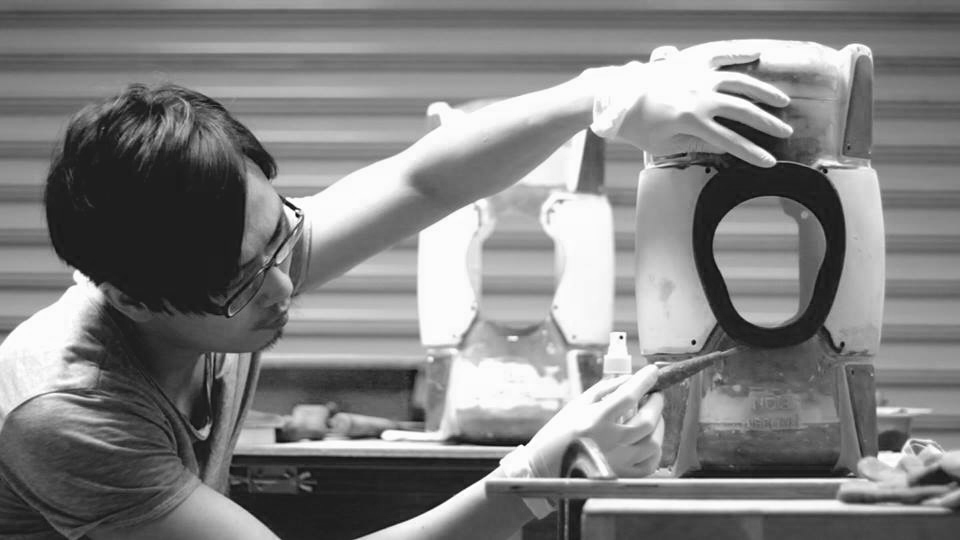
Yu Siuan
Yu Siuan (b. 1984) now lives and works in Taipei, Taiwan. He graduated from the Department of Arts and Craft, Fu-Hsin Trade and Arts School in 2002. When he was still in school (2001), he was already awarded the 7th Japan International High School Arts Award.
Over the years, Yu’s practice has combined processing techniques, such as sculpting, casting and electric circuits with hyperrealist painting to create installations with fictional narratives, manifesting various captivating and futuristic sci-fi scenes. Drawing his inspiration from common scenes in everyday life – in particular, dilapidated walls, withered flowers, broken industrial machineries, etc., which are usually overlooked, considered meaningless, and often represent a type of landscape that is about to fade into history in real life – Yu artistically transforms these scenes based on his idiosyncratic aesthetic experience, and bestows them with fresh meanings. In his work, beings or objects seem to re-emerge aesthetically from their previously degraded, incomplete state. Through Yu’s work, they gain a new life, and the passed time seems to be frozen into ever-lasting imageries of fleeting moments.
In the past few years, Yu has held several solo exhibitions, including Klein Hertz – Greenhouse Mimicry (2018), Klein Hertz – Greenhouse Program (2016), and Greenhouse Program (2012). He has also participated in numerous group exhibitions, among which are Gaia.: Gene, algorithm, intelligent design, automata_A mirage self, The Other Realm (MoCA, Taipei; 2022), The Possibility of an Island - 2016 Taiwan Biennial (National Taiwan Museum of Fine Art; 2016), Situation of Existence: Contemporary Realistic Art in East Asia (Yu-Hsiu Museum of Art; 2016), etc. Yu was awarded Honorable Mention with Klein Hertz-A Nonexistent Laborator in the 2018 Taipei Art Awards.

Photo: LU Guo-Wei
Academic researcher / CHUANG Wei-Tzu
Chuang Wei-Tzu is a curator, art critic, and the former editor-in-chief at Artist magazine.
Before online media became widespread, Chuang was a journalist who wrote music reviews and criticism of music culture for Taiwan Daily and China Times (Entertainment Weekly). Afterwards, combining her training in journalism and professional practice of writing art reviews, Chuang launched a career in arts and cultural journalism and art criticism, writing reviews and essays for and about Taiwanese contemporary artists in the past several years. Chuang was the writer for the columns “Contemporary Focus” and “Contemporary Art Phenomenon,” and is the current columnist of “Art Observation” in Artist magazine. Since she started working in the media world, Chuang has closely and extensively observed the international and Taiwanese art scenes and ecologies, and has been invited to give talks in schools and private corporations.
In recent years, Chuang has shifted her career focus from art media to contemporary art curating. Her interest lies in artistic concepts, the evolving technologies of exhibition and performance employed to manifest these concepts, and gender issues in art history. Her curatorial projects in the past few years include Re:Play (curator of “The Display on Live”; 2020), Project: The Folly (shortlisted for the 20th Taishin Arts Award; 2021), (De)phallocentrism (second-seasonal nominee for the 21st Taishin Arts Award; 2022), and The Unrestricted Society (fourth-seasonal nominee for the 21st Taishin Arts Award; 2022).


